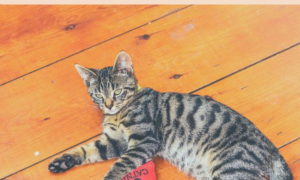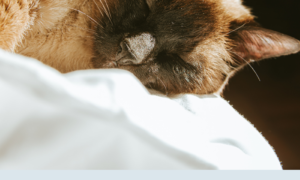 It’s tempting to think about getting your cat declawed when he is scratching your furniture or carpet, but make sure you know what is entailed in the procedure.
It’s tempting to think about getting your cat declawed when he is scratching your furniture or carpet, but make sure you know what is entailed in the procedure.
Many people believe declawing is just that, removing the claws but actually the procedure involves removing a portion of the cat’s paw, equivalent to someone amputating our fingers to the first joint. Declawing is done under general anesthesia and there is usually a lengthy recovery period. Even with painkillers, recovery can be painful for the cat.
Not all cats suffer side effects of declawing, but potential problems include infection, severe pain, loss of feeling and balance issues.
Cat owners often have only the front claws removed, but by doing so it leaves your cat defenseless so it’s vital that a declawed cat remain indoors for his safety. Front declawed cats will still have their back claws, so they should have a scratching post to enable them to groom them.
Before getting a scratching post, observe your cat’s scratching pattern. Does he tend to stand up when scratching? If so, invest in a standing scratching post. If he usually scratches sitting down, consider one of the lounge type scratchers. Also, does he tend to scratch your carpet? If so, make sure the scratcher you get has carpet on it so it’ll be attractive to him. If your cat likes catnip, rub some on the scratching surface to attract him to it.
Cats scratch to groom their claws and will do so more often if their claws are long, so be sure to keep his nails trimmed appropriately. Scratching may also increase if a cat is bored or stressed, check that he is getting enough exercise.
Putting deterrents such as furniture protectors in place will also keep him from scratching inappropriate surfaces.
Try these ideas and you may find you don’t need to consider declawing after all!





